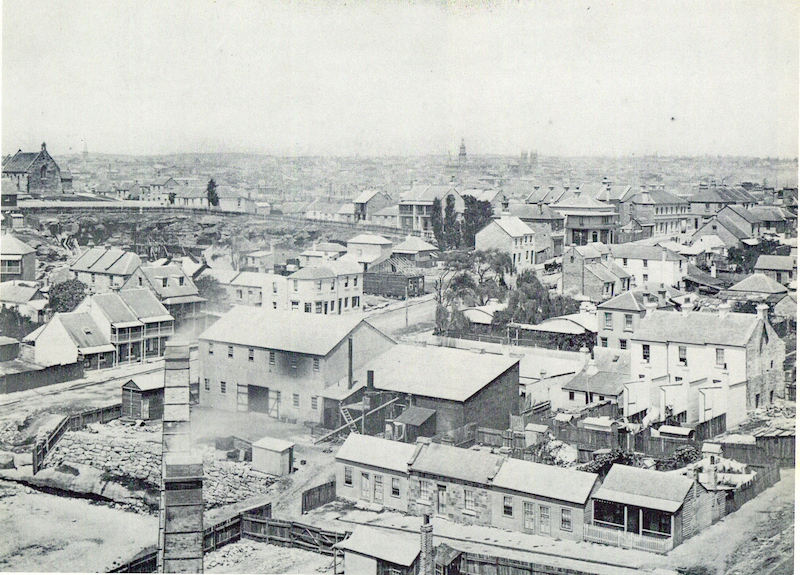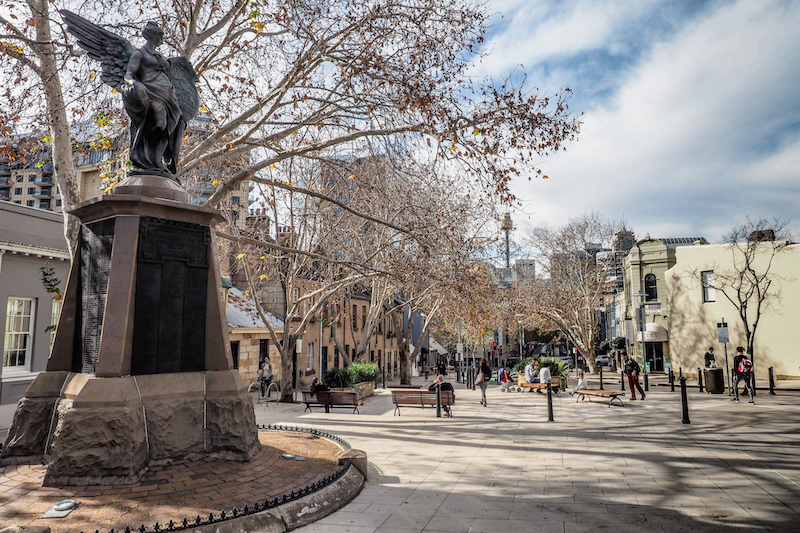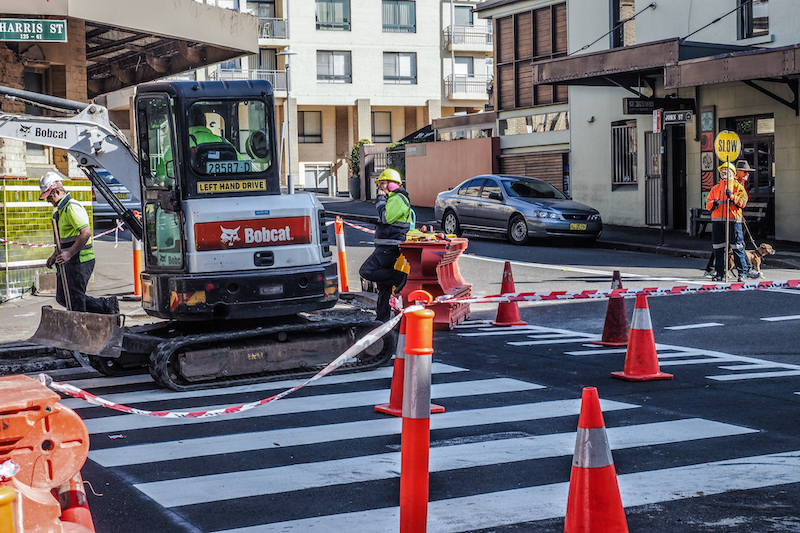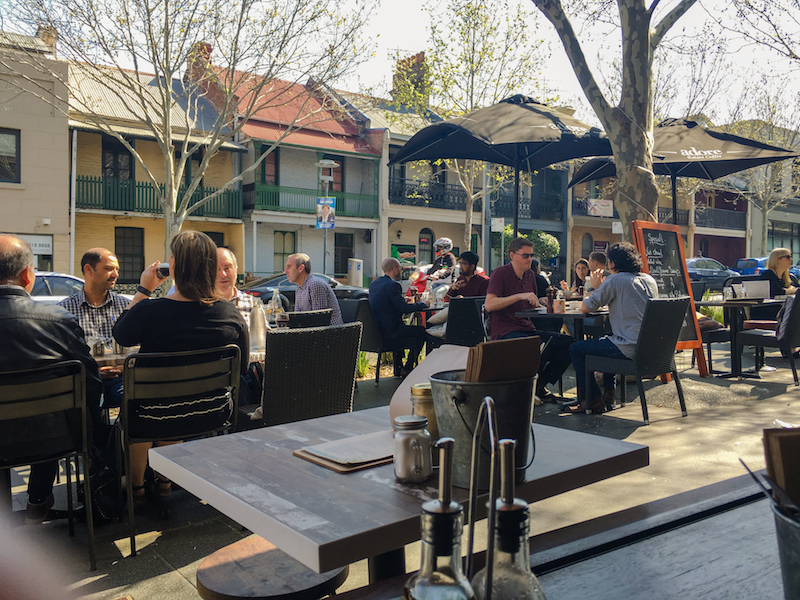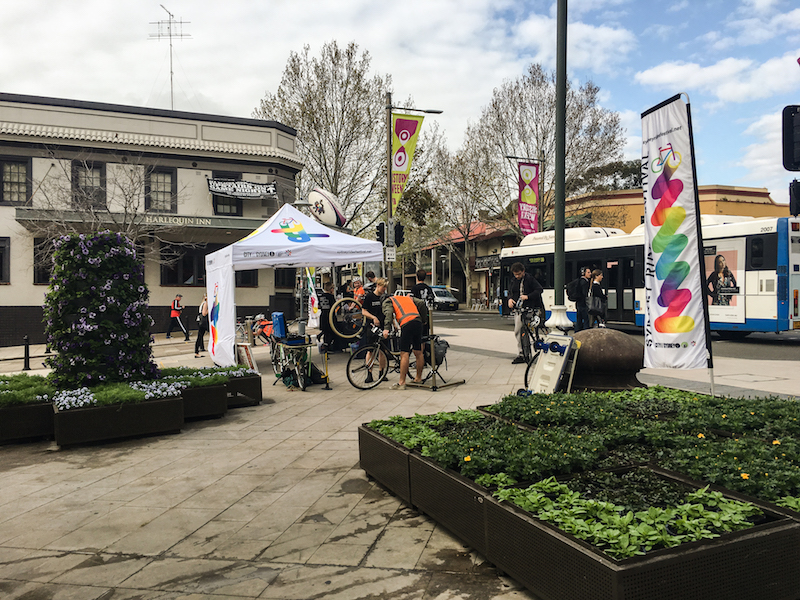Locations > Harris Street
Harris Street
While Ultimo – the Harris Estate – covered almost the whole peninsula, Harris Street (named for Surgeon John Harris) carried almost all transport from the City, via Parramatta Road. The opening of the Pyrmont and Glebe Island bridges created new thoroughfares, reducing Harris Street’s importance. Bank Street, Union Street and Pyrmont Bridge Road brought Pyrmont close to the City and attracted industries and residents. Dense rows of cottages were interspersed with pubs and churches.
After World War II, the popularity of motor cars prompted the Department of Main Roads to clear away a swathe of houses on Fig Street for a freeway. Determined protesters halted this program in the 1970s, but in the end a deep and wide cut along the length of Fig Street severed Harris Street as an artery. It declined to a suburban thoroughfare until the 1980s when urban renewal brought fleets of construction vehicles to annoy the remaining residents.
Related Items
Overlooking Harris Street, 1900
The City of Sydney defines Harris Street as a village, but this is not how it feels. The new residents and visitors have clogged the road, making it (by 2017) the second most congested street in Australia. Despite the increased population, retailers languished. Until the Wakils began to sell their properties in 2016, theirs were only the most prominent derelict buildings. Restaurants and cafes have replaced the pubs, medical and paramedical services flourish, but many shops are empty.



